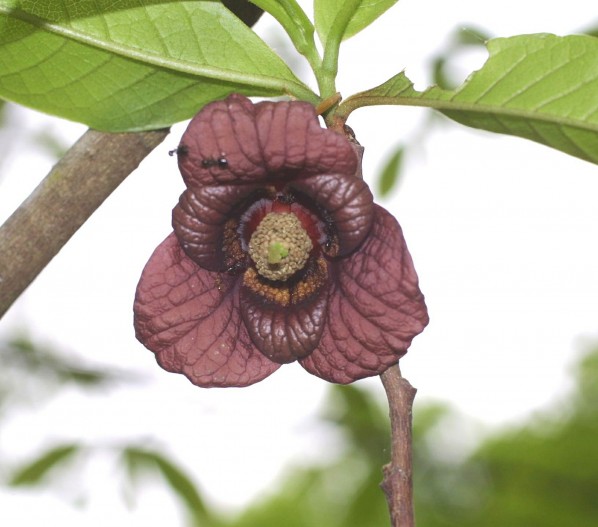More info:
Scutellaria incana
Scutellaria incana Biehler
Hoary Skullcap, Downy Skullcap
Lamiaceae (Mint Family)
Synonym(s):
USDA Symbol: SCIN
USDA Native Status: L48 (N)
Plant Characteristics
Duration: PerennialHabit: Herb
Size Notes: Normally 1.5 to 3.5 feet
Flower: Flowers in 6 inch spikes
Fruit: Dark
Size Class: 1-3 ft.
Bloom Information
Bloom Color: Blue , Purple , VioletBloom Time: Jun , Jul , Aug , Sep














